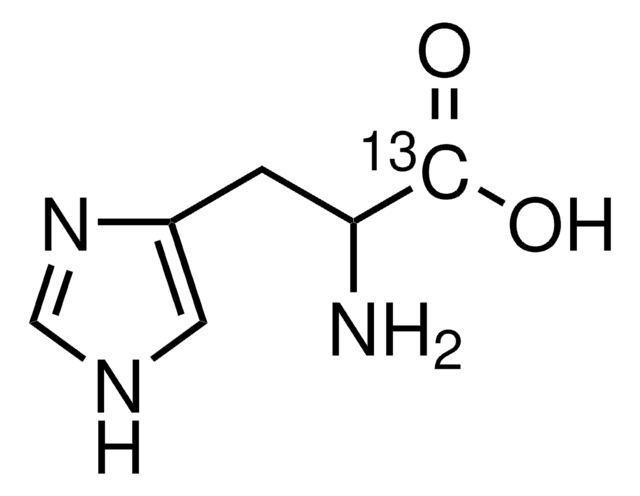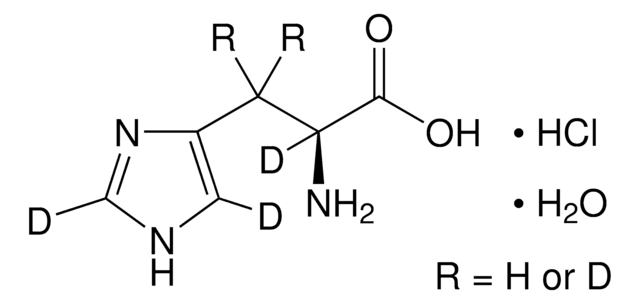Kluczowe dokumenty
229997
Zinc chloride
99.999% trace metals basis
Synonim(y):
Dichlorozinc
About This Item
Polecane produkty
ciśnienie pary
1 Pa ( 305 °C)(lit.)
1 mmHg ( 428 °C)
Poziom jakości
Próba
99.999% trace metals basis
Postać
crystals and lumps
przydatność reakcji
reagent type: catalyst
core: zinc
zanieczyszczenia
≤15.0 ppm Trace Metal Analysis
tw
732 °C (lit.)
mp
293 °C (lit.)
rozpuszczalność
H2O: very soluble(lit.)
acetone: slightly soluble(lit.)
ethanol: slightly soluble(lit.)
ciąg SMILES
[Cl-].[Cl-].[Zn++]
InChI
1S/2ClH.Zn/h2*1H;/q;;+2/p-2
Klucz InChI
JIAARYAFYJHUJI-UHFFFAOYSA-L
Szukasz podobnych produktów? Odwiedź Przewodnik dotyczący porównywania produktów
Opis ogólny
Zastosowanie
- in Knoevenagel condensation of carbonyl substrates with acidic methylene reagents
- in solvent-free synthesis of dihydropyrimidinones.
Hasło ostrzegawcze
Danger
Zwroty wskazujące rodzaj zagrożenia
Zwroty wskazujące środki ostrożności
Klasyfikacja zagrożeń
Acute Tox. 4 Oral - Aquatic Acute 1 - Aquatic Chronic 1 - Eye Dam. 1 - Skin Corr. 1B - STOT SE 3
Organy docelowe
Respiratory system
Kod klasy składowania
8B - Non-combustible corrosive hazardous materials
Klasa zagrożenia wodnego (WGK)
WGK 3
Temperatura zapłonu (°F)
Not applicable
Temperatura zapłonu (°C)
Not applicable
Środki ochrony indywidualnej
Eyeshields, Faceshields, Gloves, type P3 (EN 143) respirator cartridges
Wybierz jedną z najnowszych wersji:
Masz już ten produkt?
Dokumenty związane z niedawno zakupionymi produktami zostały zamieszczone w Bibliotece dokumentów.
Klienci oglądali również te produkty
Produkty
Colloidal quantum dots (CQDs) are semiconducting crystals of only a few nanometers (ca. 2–12 nm) coated with ligand/surfactant molecules to help prevent agglomeration.
Nasz zespół naukowców ma doświadczenie we wszystkich obszarach badań, w tym w naukach przyrodniczych, materiałoznawstwie, syntezie chemicznej, chromatografii, analityce i wielu innych dziedzinach.
Skontaktuj się z zespołem ds. pomocy technicznej






